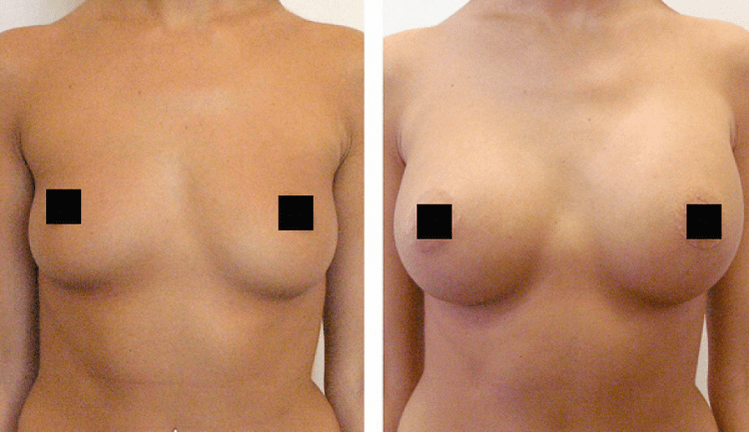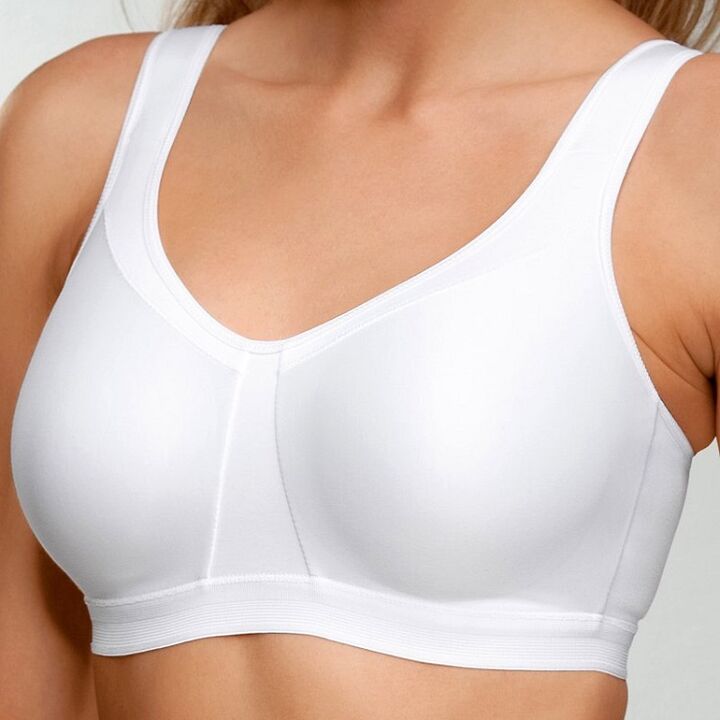Breast augmentation with hyaluronic acid is considered the safest method today. Before this method, mammoplasty was used.
The operation is performed on the chest, and the implant is inserted into it. The bust has increased by several sizes, but it looks unnatural.
At the same time, no one can fully guarantee that the operation will not have complications. The emergence of this breast augmentation method reduces the risks faced by women.

How does hyaluronic acid enhance breasts?
Many people have heard of hyaluronic acid. Some people know that it is the main component of synovial fluid, which provides lubrication to the articular cartilage in the connective tissue, and some people have heard of it from the beauty industry.
In particular, it is known for maintaining the firmness and elasticity of the skin. How did this happen?
Hyaluronic acid has the unique ability to attract and retain water like a sponge, providing volume and hydration to tissues.
It is precisely because of this characteristic that this polysaccharide has been successfully used in breast augmentation and plastic surgery.
This technique allows you to get the breast size you need without resorting to surgery.
Breast augmentation is performed by injection of a gel, a dermal filler based on hyaluronic acid.
Since this polysaccharide has large molecules and retains a lot of water, its consistency is similar to a thick gel. For one size of breast enlargement, approximately 300 ml of gel is required.
How does the procedure work? This process is painful, so it is performed under local anesthesia. Before the operation, all necessary tests will be performed and the date of the operation will be specified.
Non-surgical breast augmentation takes about 40 minutes. Use the cannula to inject the medicine into the chest.
This is a special tube that resembles a feather and replaces a needle. At the injection site, where the perforation still exists, apply cosmetic sutures on it.
The shape of the breast is exactly what the patient wants. It is very important to perform the operation by an experienced expert, because not all doctors can insert the gel correctly into the breast.
After the operation, on the 2nd and 3rd day, there will be unpleasant pain and burning sensation in the breast area. It is also possible for breast skin to become red, hematoma, and itching. All these symptoms will disappear soon.
Recovery period
Within 1 month, the patient should not expose the upper body to physical activity. Both overheating and undercooling are contraindicated.
You cannot put pressure on the breast, that is, massage it or sleep on it, because the gel will move and the breast will deform.
In order to support the chest, it is recommended to wear tights. The recovery period depends on the age of the patient, the quality of the epidermis, the amount of gel injected and the lifestyle.

duration
Fillers are divided into absorbable and non-absorbable. For breast augmentation, the first injections are mainly used because they are based on hyaluronic acid, which dissolves quickly.
Its impact is temporary-from 6 months to a year. Due to the development of various complications, non-absorbable injections are dangerous, so they are not actually used.
Botox breast augmentation is often confused with dermal fillers. The difference is that botulinum preparations are harmful to the body because they contain botulinum toxin.
A gel containing hyaluronic acid is a filler that increases tissue volume.
What kind of breast fillers are used?
There are many different hyaluronic acid fillers that can be used for breast augmentation.
Since their characteristics are different from each other, experts should select them according to the characteristics of the patient's skin and breast.
It is necessary to consider one more point: gels containing hyaluronic acid have antidote. It is a special enzyme called hyaluronidase. He can destroy unsuccessful results.
Contraindications and complications
Are there any contraindications to breast augmentation with hyaluronic acid? In many cases, it is not possible to use gel for breast augmentation.
Contraindications include any benign and malignant breast tumors.
Even if a woman is planning to become pregnant, this type of operation will not be performed because the unabsorbed gel residue will squeeze the milk duct during breastfeeding. In the case of autoimmune diseases, it is forbidden to intervene in the breast.
In the ultrasound scan or X-ray examination of the breast, there is no difference between the accumulation of cysts and fillers, and they are often confused.
This makes it difficult to check the organ for possible tumors. Palpation also makes diagnosis difficult.
If the breast becomes inflamed, surgery and antibiotic treatment are required.
Many women take health risks for perfection and do not pay attention to contraindications.
The effect of introducing hyaluronic acid is undeniable, and the effect is real: breasts become more elastic and plump, and the skin is much younger.
But this result is temporary, so you must repeat the process. Such intervention can lead to negative consequences.
Pros and cons of the program
This method is not suitable for women with organ prolapse (ptosis). This process will only exacerbate the problem.
Hyaluronic acid will dissolve over time, but before that, no procedures related to contact with the breast should be applied.
The fact that this process has almost no harm to the breast is a great advantage, but after administration in the breast, the soft tissues, blood vessels and ducts are compressed due to the swelling of hyaluronic acid.
The drug occupies a certain amount of space in the chest and acts on nearby tissues.
Why is hyaluronic acid breast augmentation banned in France? This method does not pose any special risks or threats to health.
But as a preventive measure in the country, they decided to introduce a ban because the diagnosis of malignant tumors is very complicated after the introduction of hyaluronic acid.


























